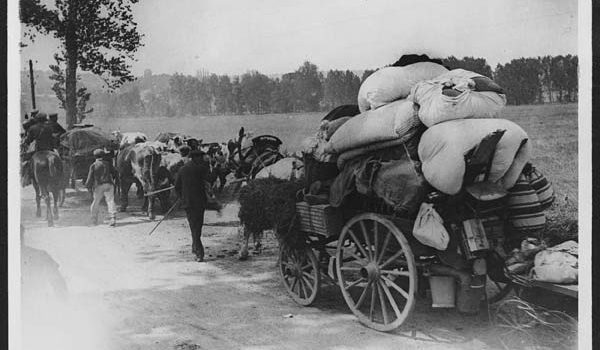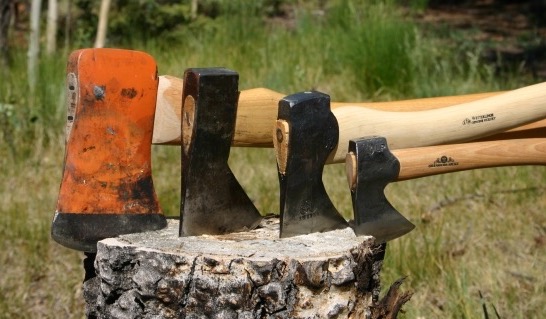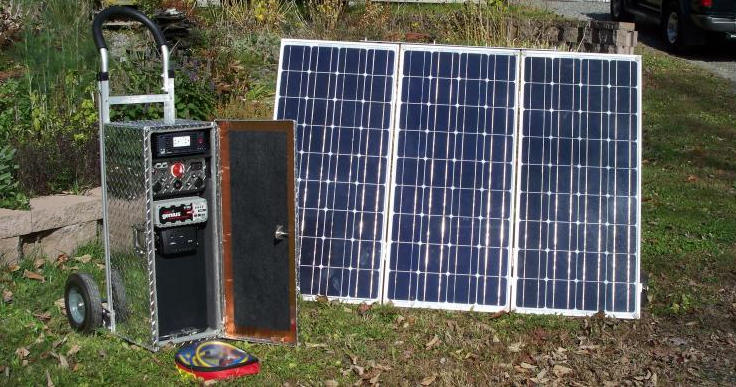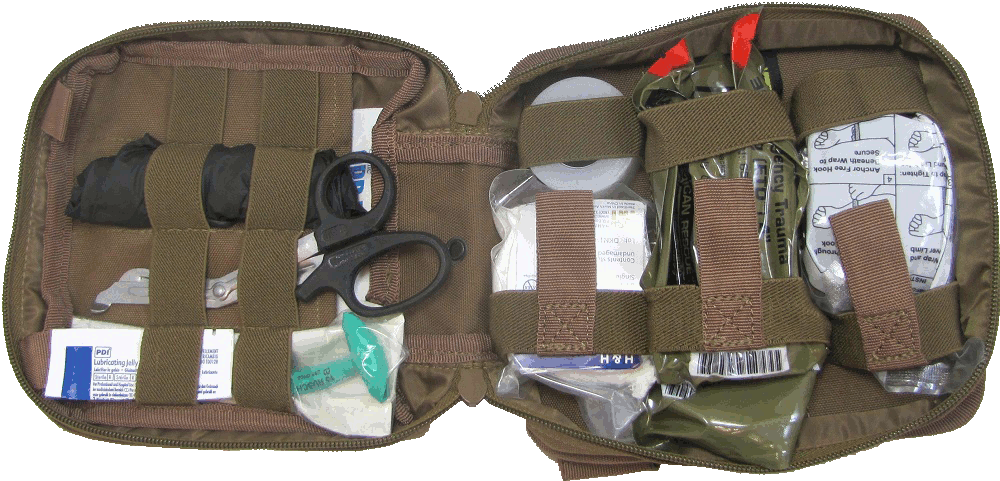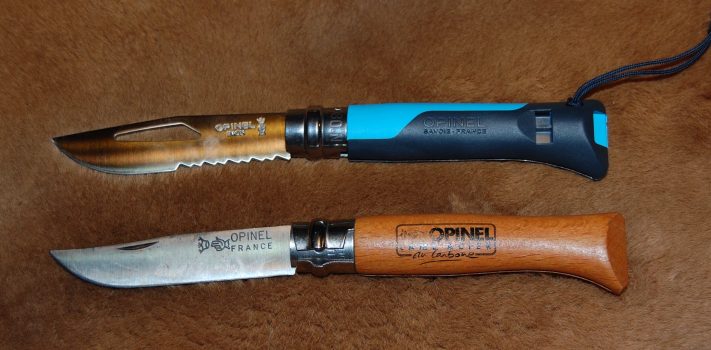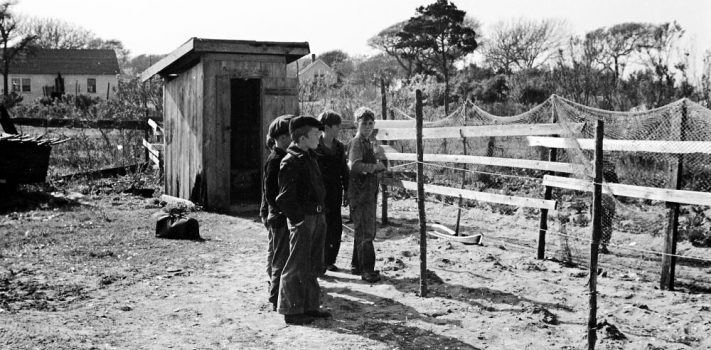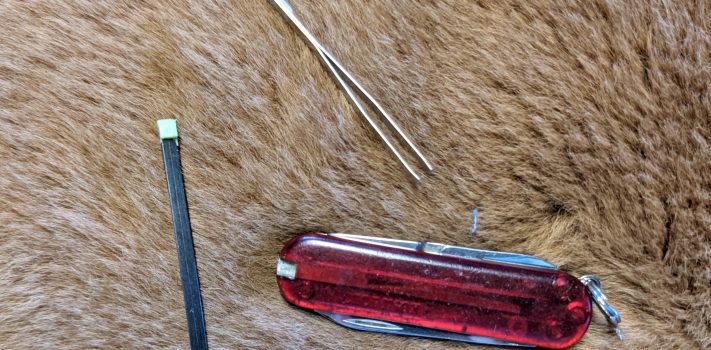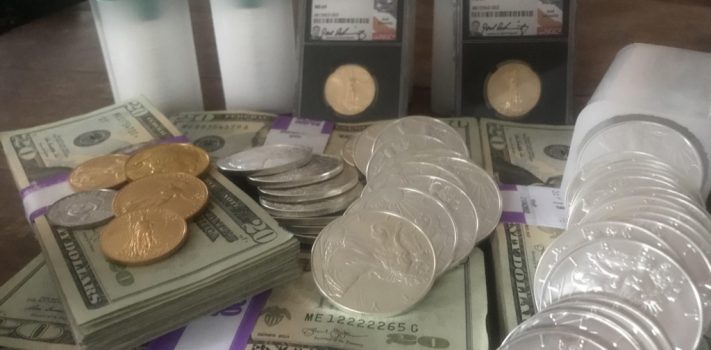A Moving Story, by Uncle Reid
Think about having to move all your stuff. Think about the weight. And the volume. The Wuhan Flu put my wife and me on the unemployment line on March 16, 2020. Living in northern New Jersey (NJ), in Bergen County with its nearly 1 million inhabitants, 25 miles from New York City, with incredibly high property and personal income taxes was no longer tenable. We had a place to “bug out” to. My son had moved to Tennessee a few years ago and had a bed for us. But just a bed. No room for our 60 super pails, our …

